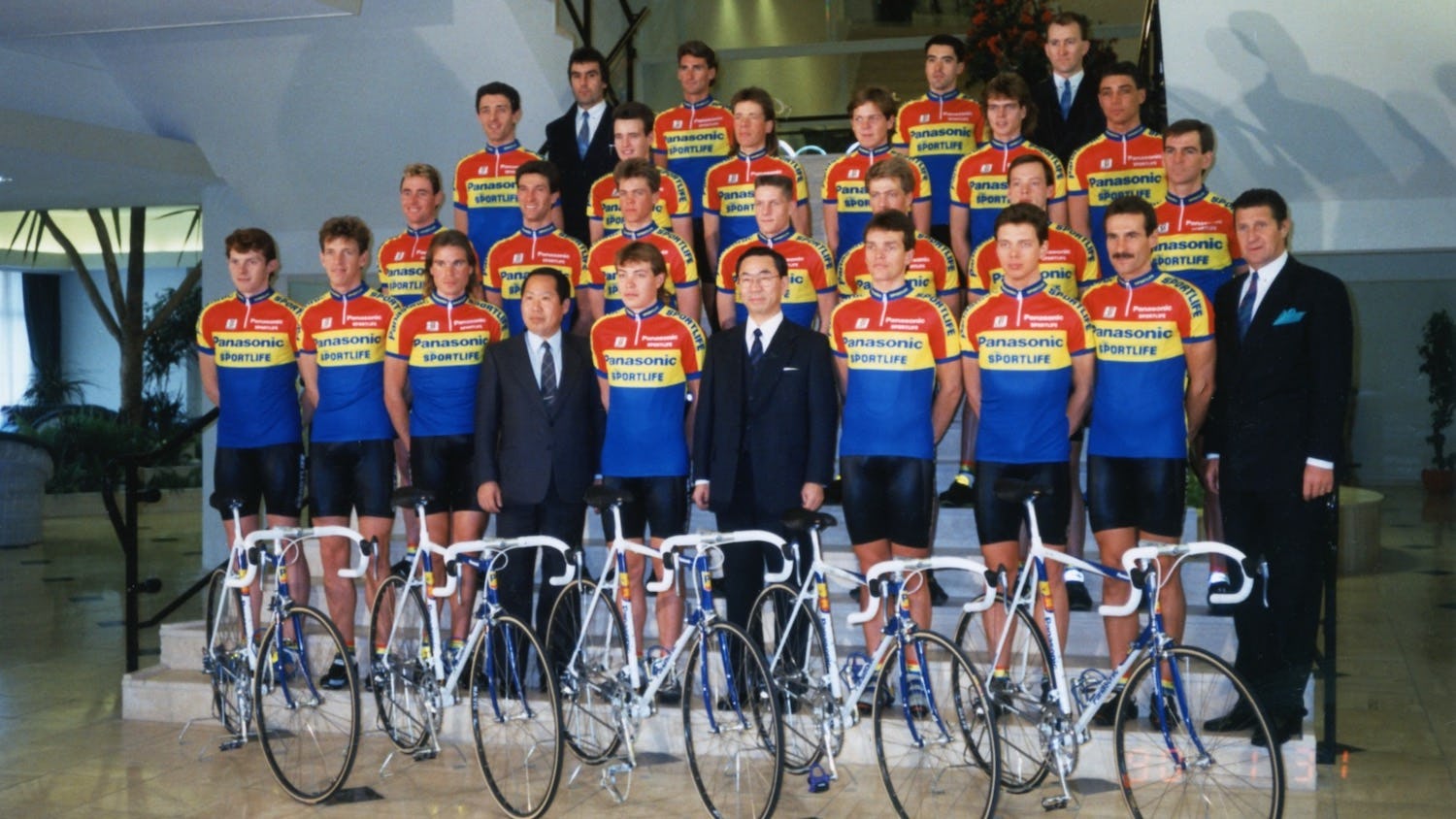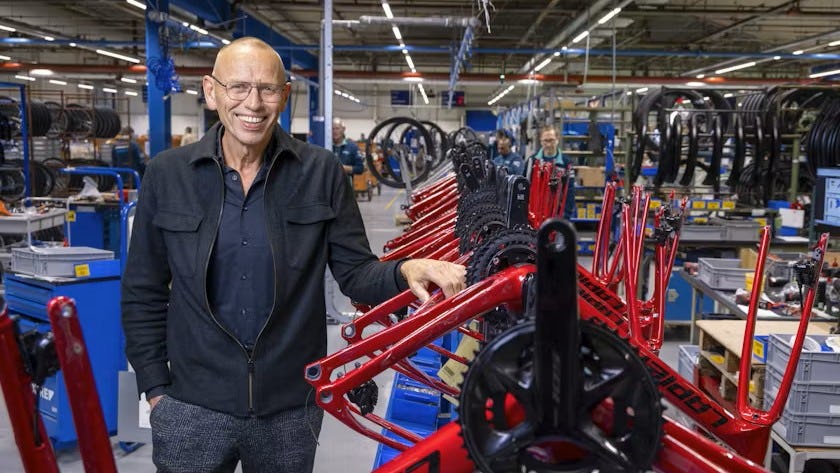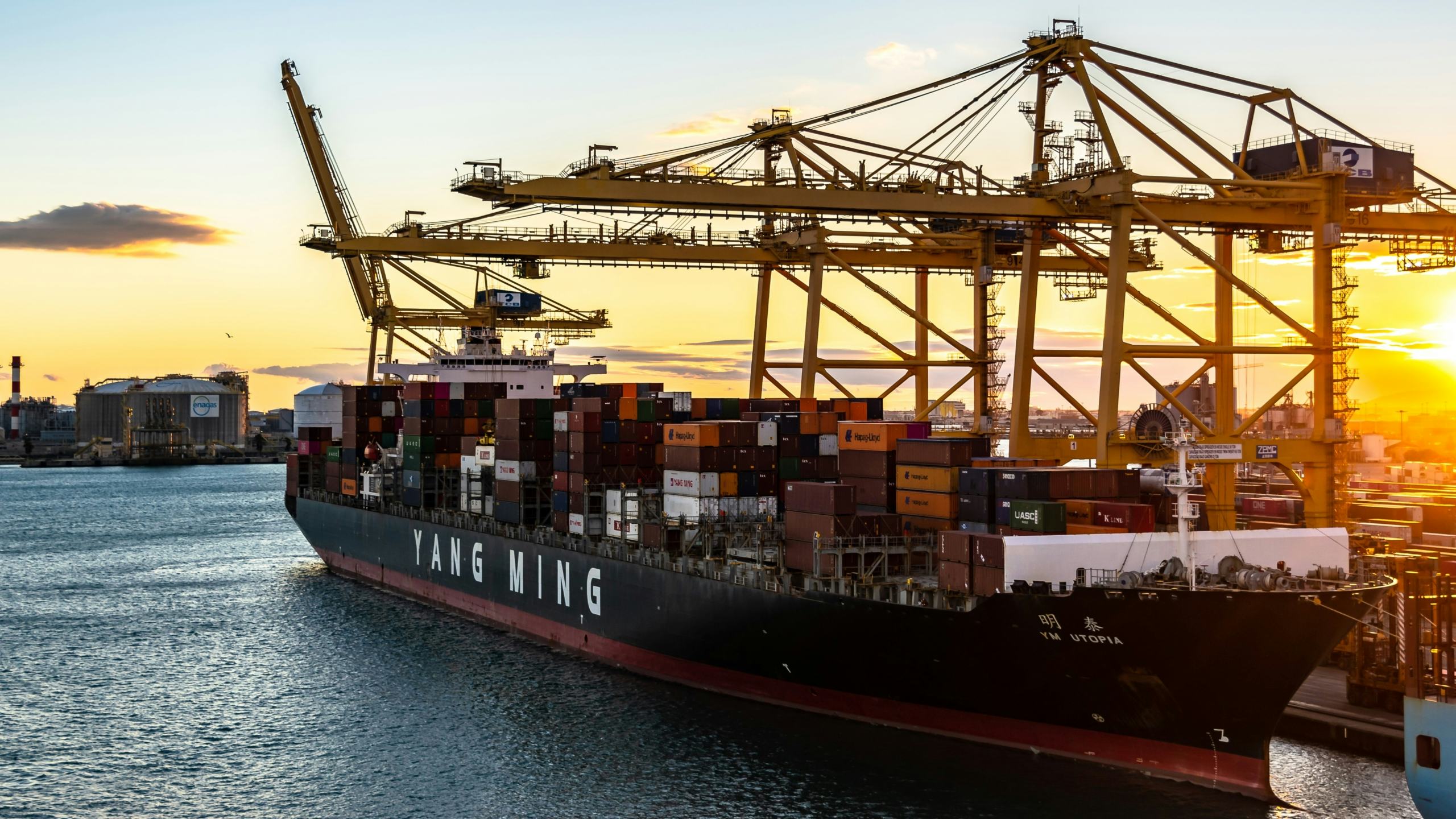Six million e-bike drives sold worldwide – reaching this milestone is not the only reason for Panasonic to celebrate. Last year also marked the 70th anniversary of the company's bicycle division, highlighting the extensive history that Panasonic has in the bicycle industry. “People mostly know Panasonic as a specialist in consumer electronics, but we also have a rich history as a bicycle producer, including developing the progenitor of today’s e-bikes”, Peter Obermeier explains. He is Senior Business Development Manager at the Panasonic Cycle Technology division in the German town of Ottobrunn, a suburb of Munich.
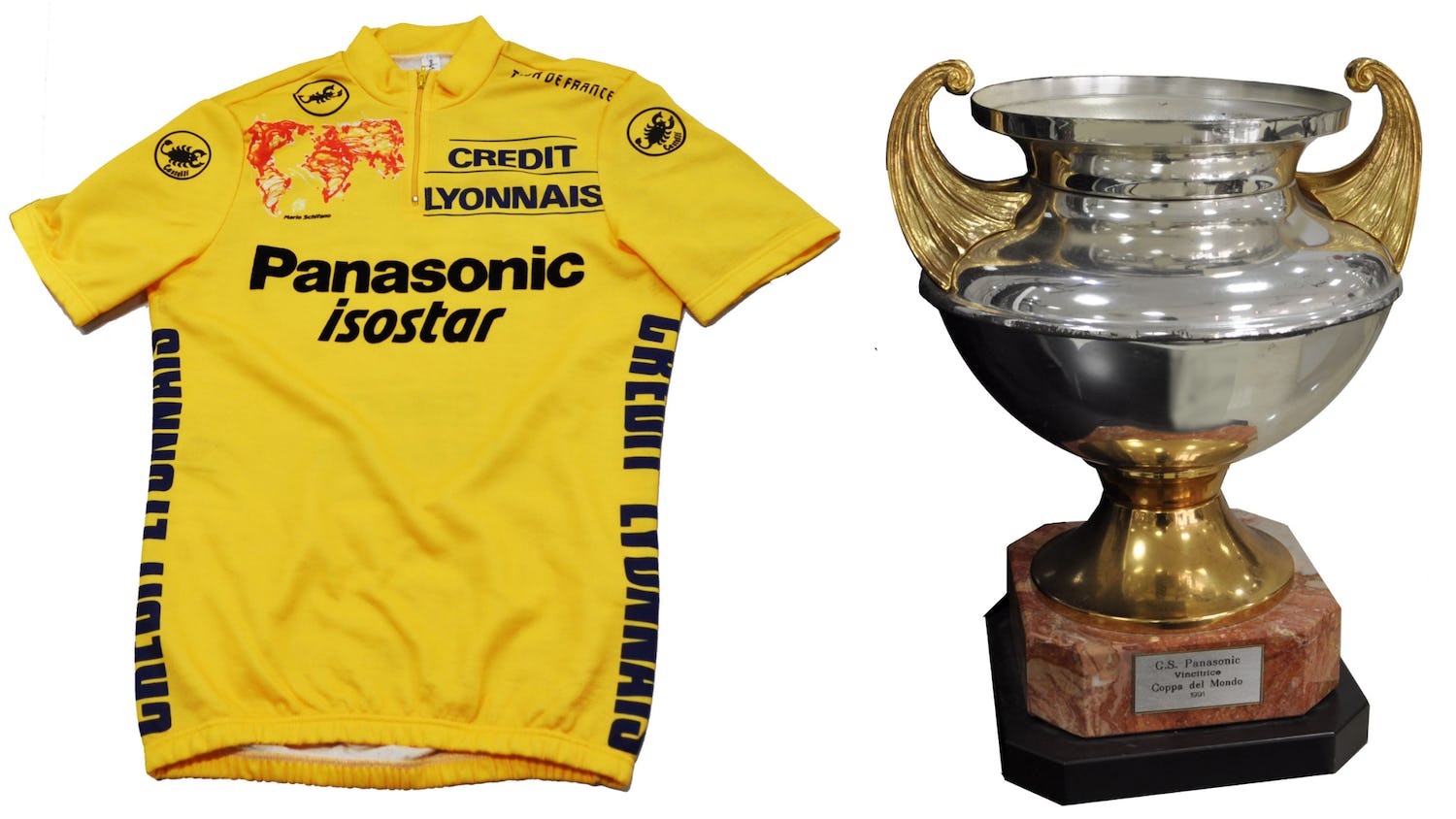
Pioneering the e-bike industry since 1979
What Obermeier is referring to and what only a few people know is that after having founded its bicycle division in 1952, the company from the city of Kadoma announced the launch of its first e-bike already in 1979, marking a significant milestone in the industry. “Of course, this was not yet an e-bike as we know it today”, Obermeier says. “In principle, it was a kind of electric scooter. Nevertheless, the engineers back then were far ahead of their time,” he continues, suggesting that this long experience is one of the cornerstones of Panasonic’s present success in the e-bike market.
Indeed, Panasonic was also one of the first players on the market in the modern e-bike age. In 1998, for example, an electrically assisted, foldable bicycle powered by a Ni-Mh battery was introduced, called the Dra-cle. In 2002, the world’s first e-bike with a Li-Ion battery was presented. At that time, the company also began to offer e-bikes and e-bike drivetrains on a large scale in Europe. “Since then, of course, the market has changed a lot and also grown up,” Obermeier says.
Proximity to the European market
A look at Panasonic’s development shows what Obermeier is talking about. When there are millions of e-bikes being sold every year, it is no longer enough to cover the whole world only from Japan. For this reason, Panasonic established a main base in Europe years ago, first to bring its service offerings and later also its sales team closer to its European customers.
“By doing so, we can foster a much closer relationship with our OEM partners. And the retailers benefit as well. Being located in southern Germany means we can react much faster to any service request. And the distribution channels are also significantly shorter,” Obermeier continues. He refers to the various services carried out in Ottobrunn – from the first contact with a potential OEM partner via LinkedIn to the signing of the final contract, from handling warranty claims to local marketing activities.
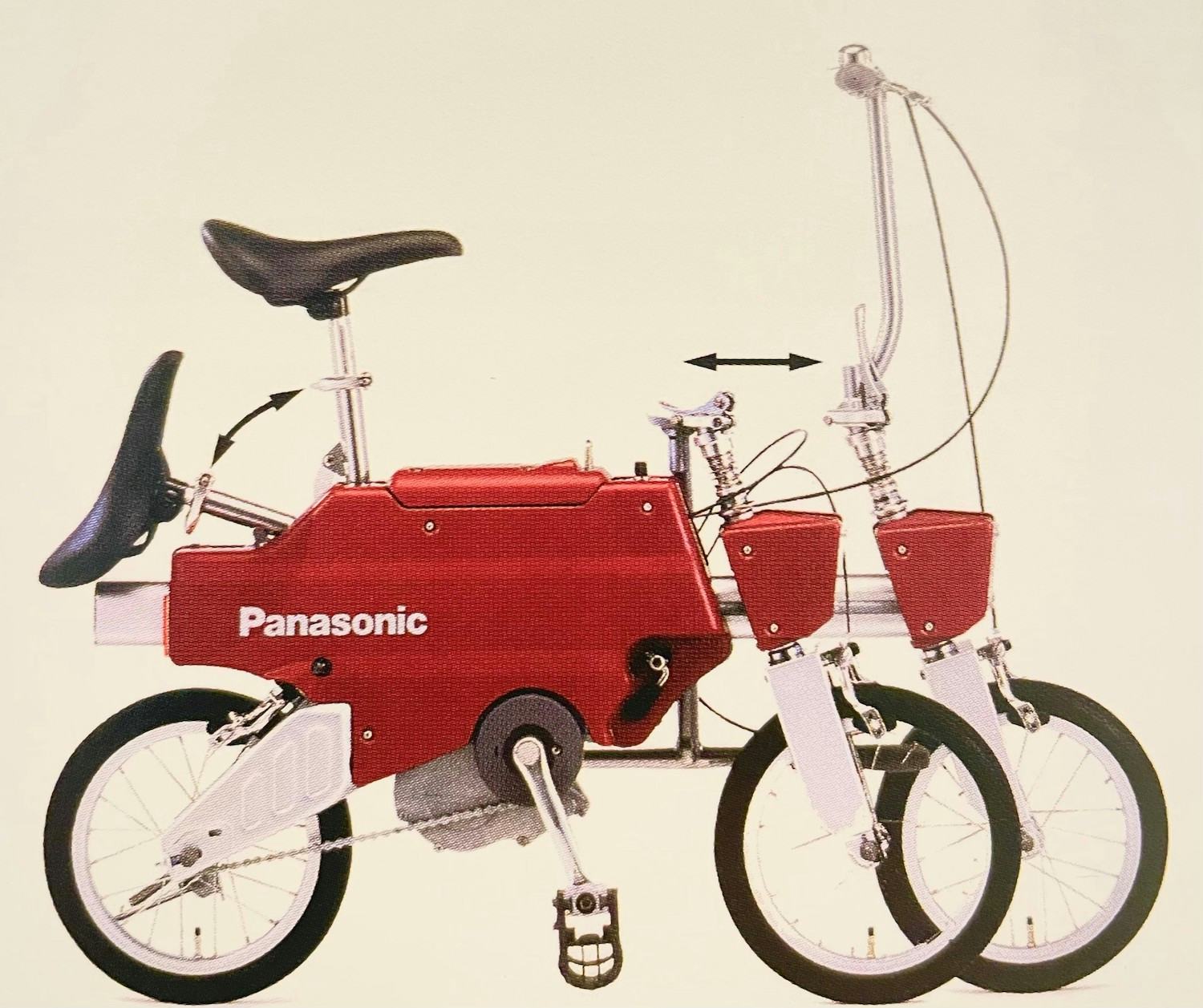
High-quality and high-innovative products
In addition to a strong service and sales programme, Panasonic is aiming to gain more market share with market-leading products. Obermeier and his team want to achieve this through fundamentally high-quality products and through new developments. An approach that already works today: With the introduction of its GX Ultimate drive unit in 2018, Panasonic has been one of the first players with a powerful 95 Nm e-bike motor in its portfolio.
At the same time, the Japanese company is traditionally popular with customers because of a low number of complaints, Obermeier says. “One example of this is our customer Crussis. We have jointly sold over ten-thousand e-bikes, and there has only been one single complaint,” the Senior Business Development Manager states.
The next generation of Panasonic drivetrains
From technological innovation to high-quality products – Panasonic’s history and pedigree in the e-bike market position the company favourably for the future. Looking ahead, the company’s ambition is underpinned by a solid roadmap that includes exciting new developments, as Obermeier reveals. “Currently, we are working on a new development, slated for production in the upcoming years on top of the current GX series which will be kept as a long-run portfolio,” Obermeier shares, clearly excited about the prospects.
This article is sponsored by Panasonic Industry Europe.

